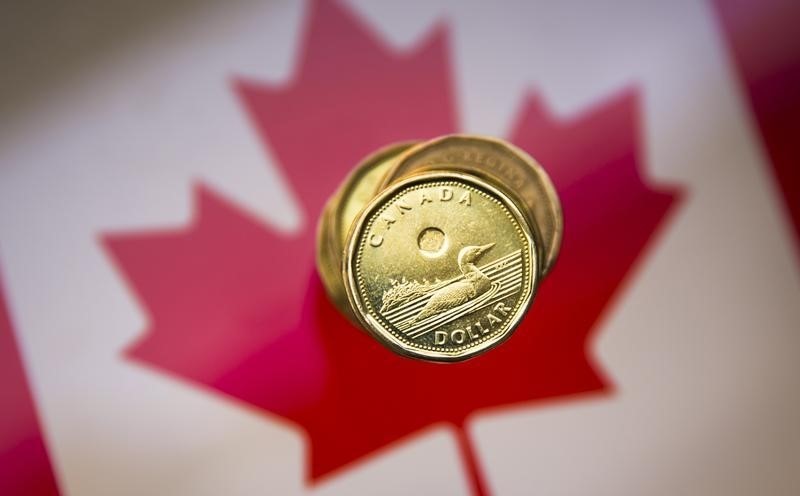By Ketki Saxena
Investing.com – The Canadian dollar weakened against its US counterpart today, after US PCE data showed accelerating inflation and a sharp rebound in consumer spending in January. The data sent treasury yields marching ahead and reinforced expectations of the “higher for longer” rate scenario, a tailwind for the safe-haven US dollar that sent the greenback climbing to a seven week peak against a basket of major currencies.
The personal consumption expenditures (PCE) price index, the Fed's preferred inflation gauge, shot up 0.6% last month after gaining just 0.2% in December. Consumer spending, which accounts for more than two-thirds of U.S. economic activity, jumped 1.8% last month, exceeding forecasts for a 1.3% rise.
Money markets are now positioning for a peak in U.S. interest rates of 5.4% in July, and expect it to stay above 5% all year, compared with the current target rate of 4.5-4.75%.
The Canadian dollar meanwhile was pressured by the risk-off sentiment in equities driven by Fed fears following PCE data, and the widening differential between the terminal rates expected from the Fed vs. the Bank of Canada.
Analysts at Scotiabank (TSX:BNS) note, “While OIS pricing implies a high probability of the BoC tightening policy again (22bps priced in by Jul), the bar to more tightening in Canada seems relatively high at this point. Short-term spreads are starting to widen in favour of the USD again, which is a modest USD-plus, while longer-term rate differentials are relatively steady. Weaker stocks, reflecting rising short-term rates, remain a major headwind for the CAD, given its still strong, positive correlation with US equities.”
Depressed oil prices also continued to pressure the commodity linked loonie. Crude prices closed the week at a loss, despite a modest rebound today in oil price, following a planned 25% reduction in crude exports from Russia’s western ports in March. Quotas in the announcement exceed Russia’s initial plans to cut output by 500,000 bpd in March.
On a technical level for the pair, analysts at Scotiabank note, “Technical factors point to a sustained USD uptrend versus the CAD. Short-, medium- and longer-term DMI oscillators are aligned bullishly for the USD which typically means a strong, underlying uptrend is underway with limited potential for counter trend corrections. USD gains have picked up a bit more momentum this week above 1.3550/60 and that zone now figures are key support for the USD from a technical point of view.”
“Spot gains have extended to near the 1.37 area (late 2022 highs) which may provide some stronger resistance to the USD advance. But the strength of the underlying trend suggests some risk at least of an overshoot to the 1.3820/30 zone.”
